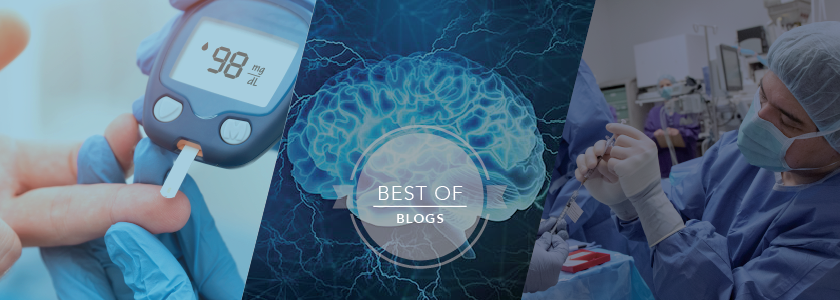CRISPR: fact vs. fiction

Not too long ago, what is currently possible with CRISPR technology would have been almost unthinkable. The genome editing technology enables fast, precise, intentional, and permanent changes in the DNA of living organisms and cells. The uses and possibilities seem to grow by the day.
But is everything you hear about CRISPR true? Probably not. But what it can do is nothing short of amazing. That’s why the two women who discovered CRISPR technology, Jennifer Doudna and Emmanuelle Charpentier, received the Nobel Prize in 2020 for their efforts, and the technology has been a popular topic on this site.
CRISPR Blog Posts to Read
If you didn’t see them the first time around, here are some interesting CRISPR blogs you’ll want to check out:
A promising clinical trial has created optimism that CRISPR-Cas9 might eventually be an effective tool to fight childhood blindness.
CRISPR has numerous potential applications in neuroscience, both as a research tool and, hopefully, as a treatment for neurological diseases and disorders.
Diabetes affects at least 285 million people worldwide. While the numbers are growing, positive news may be on the horizon. Research trials are showing promise that CRISPR might eventually be involved in a new method to treat diabetes.
Of course, CRISPR isn’t a miracle treatment for everything. Disinformation is everywhere. Fact vs. fiction? This blog detailed the importance of myth busting CRISPR.
Can CRISPR make you thin? It’s worked in mice, but human CRISPR-engineered weight loss is still a ways off.
While this technology is new and has great promise, it is not perfect, and scientists are currently working to mitigate or correct deficiencies like off-target effects. Where will CRISPR lead us in coming years? Stay tuned to find out!
